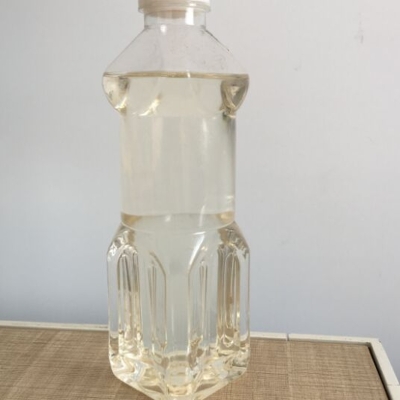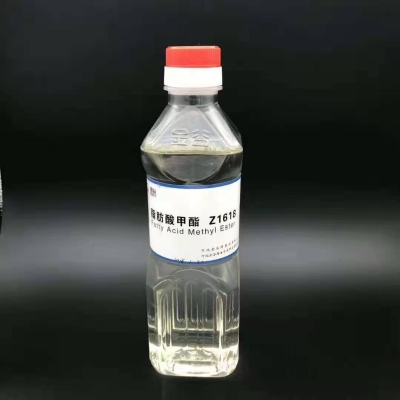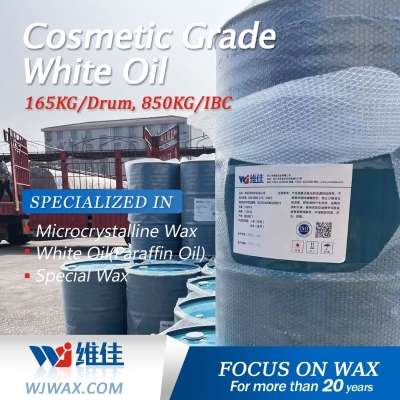-
Categories
-
Pharmaceutical Intermediates
-
Active Pharmaceutical Ingredients
-
Food Additives
- Industrial Coatings
- Agrochemicals
- Dyes and Pigments
- Surfactant
- Flavors and Fragrances
- Chemical Reagents
- Catalyst and Auxiliary
- Natural Products
- Inorganic Chemistry
-
Organic Chemistry
-
Biochemical Engineering
- Analytical Chemistry
-
Cosmetic Ingredient
- Water Treatment Chemical
-
Pharmaceutical Intermediates
Promotion
ECHEMI Mall
Wholesale
Weekly Price
Exhibition
News
-
Trade Service
According to Kline Consulting, the global demand for synthetic lubricants accounts for 6%~7%
of finished lubricants.
While total lubricant demand in Europe is likely to remain unchanged until the end of 2022, demand for synthetic base stocks is expected to grow by up to 4%
per year.
The specific growth of different types of synthetic base stocks varies
.
kline expects European PAO demand to grow at a compound annual rate of about 4.
5%, API class III oil demand to grow at a compound annual rate of about 4%, and synthetic ester base oil to grow at a compound annual rate of about 4.
5% by
the end of 2022.
The global APIIII.
+ base oil production capacity is approximately 2Mt/a, with the main refineries QATAR Petroleum, PEARL Refinery (GTL Base Oil), SK and Indonesia's Pertamina joint venture refinery in Dumai, and the Adnoc refinery in Abu Dhabi, Saudi Arabia, accounting for about 90%
of the total global APIIII.
+ capacity.
The total production capacity of API Class III base oils is about 5Mt/a
.
PAO production capacity is about 1Mt/a, but the actual production is small
.
APIIII.
/III.
+ base oils are mainly used in passenger car combustion engine oils, while PAO is mostly used in industrial lubricants
.
In industrial lubricant applications, the amount of API class III base oil is 400 Kt/a, and the amount of PAO is 200 Kt/a, and the application of high viscosity PAO is expected to increase; In heavy-duty internal combustion engine oils, the dosage of API class III base oil is 300Kt/a, APIIII.
+ is 150Kt/a, and PAO is 100Kt/a; In passenger car internal combustion engine oils, APIIII.
base oil is about 700Kt/a, APIIII.
+ is 750Kt/a, and PAO is 200Kt/a
.
SK accounts for about 50% of the market share of API class III oils, while SOil and Neste each account for 20%.
Shell accounts for 50% of APIIII.
+ capacity, ADNOC about 25%, and Pertamina about 20%.
Exxon Mobil, Ineos, Chevron Phillips Chemical and Lanxess account for about 90%
of the global total.







